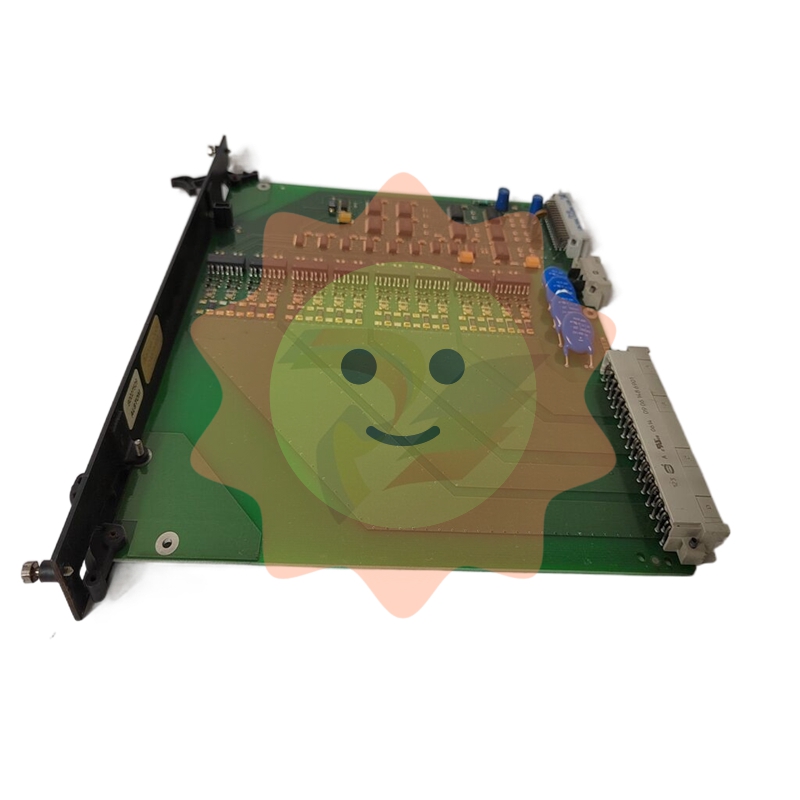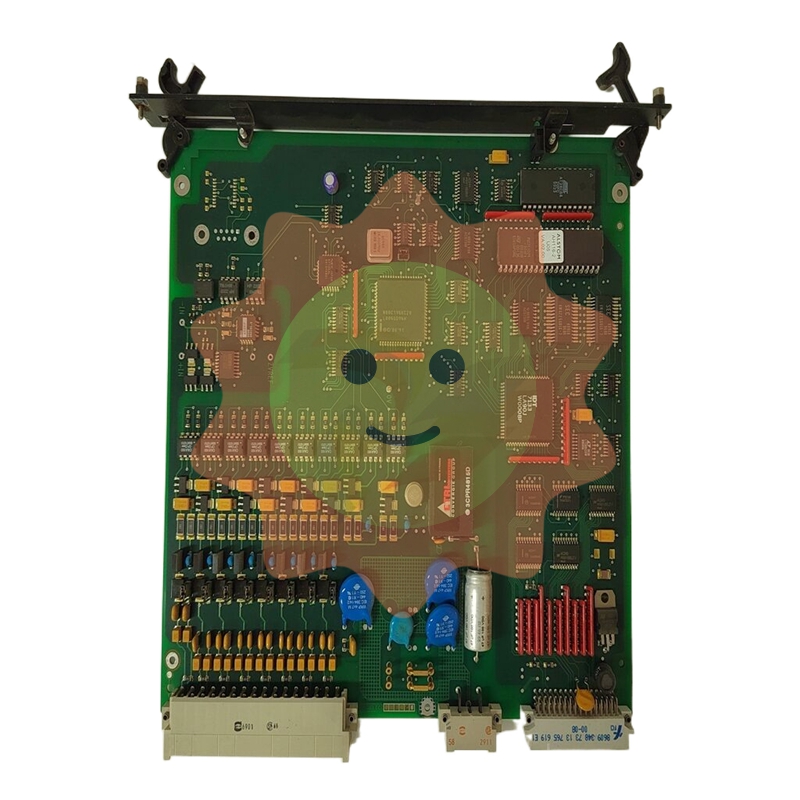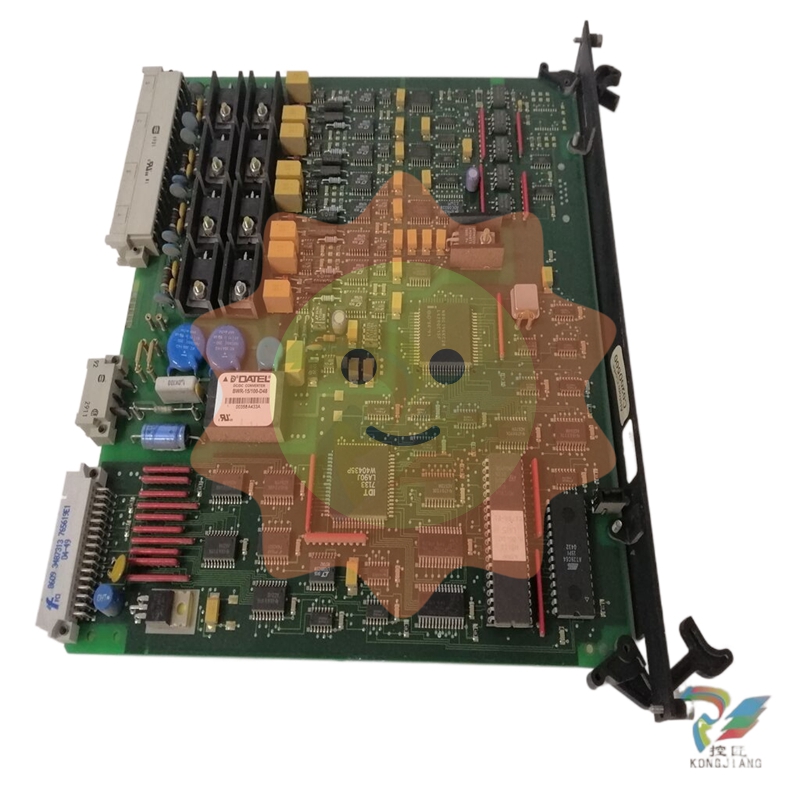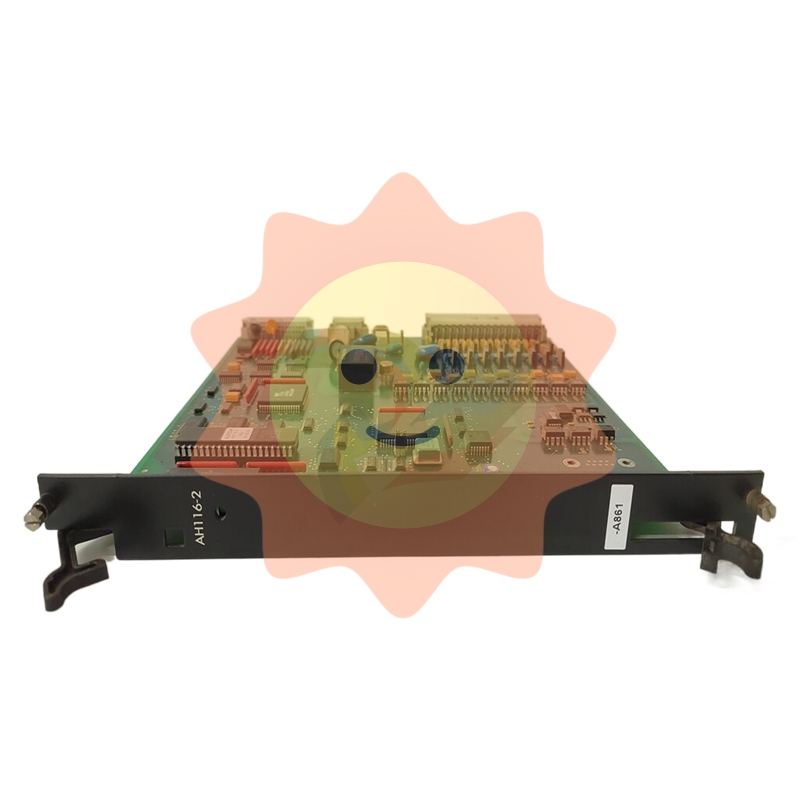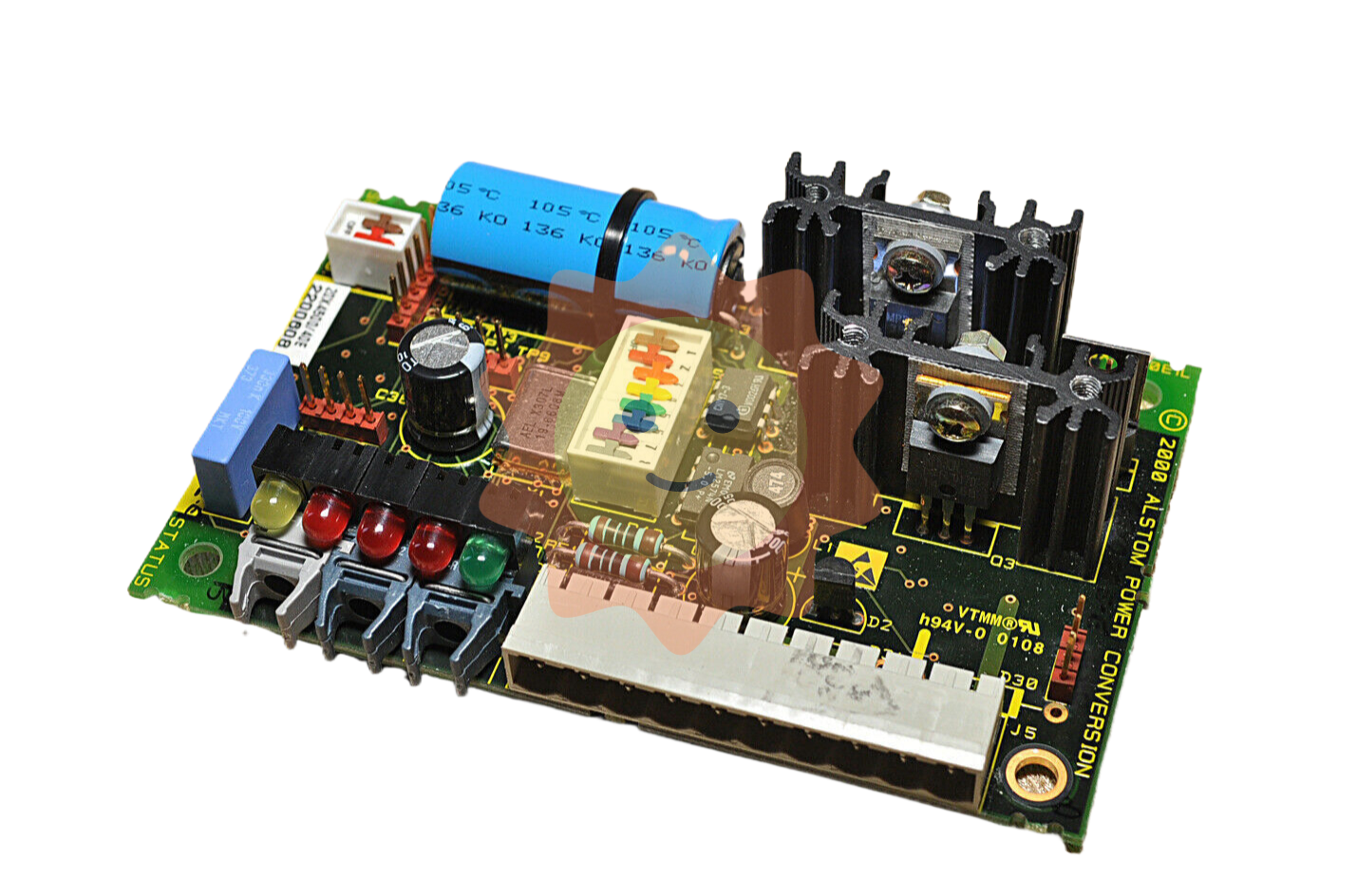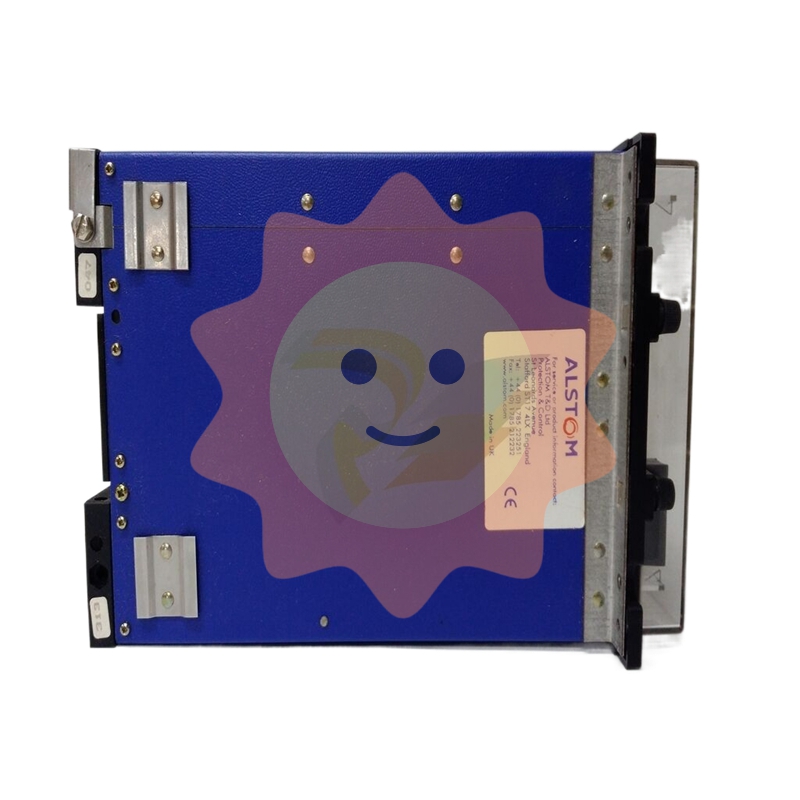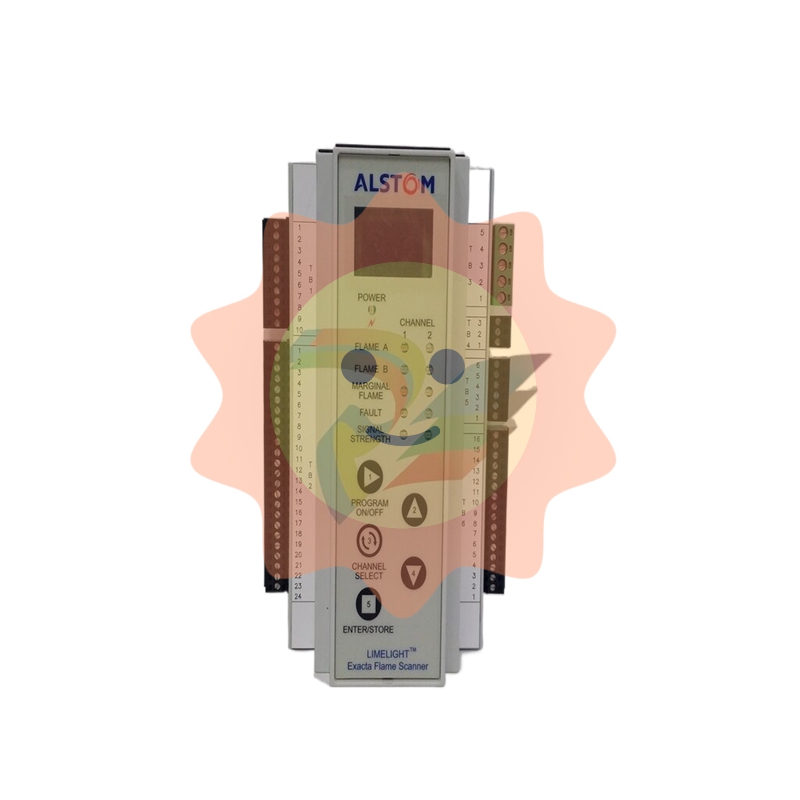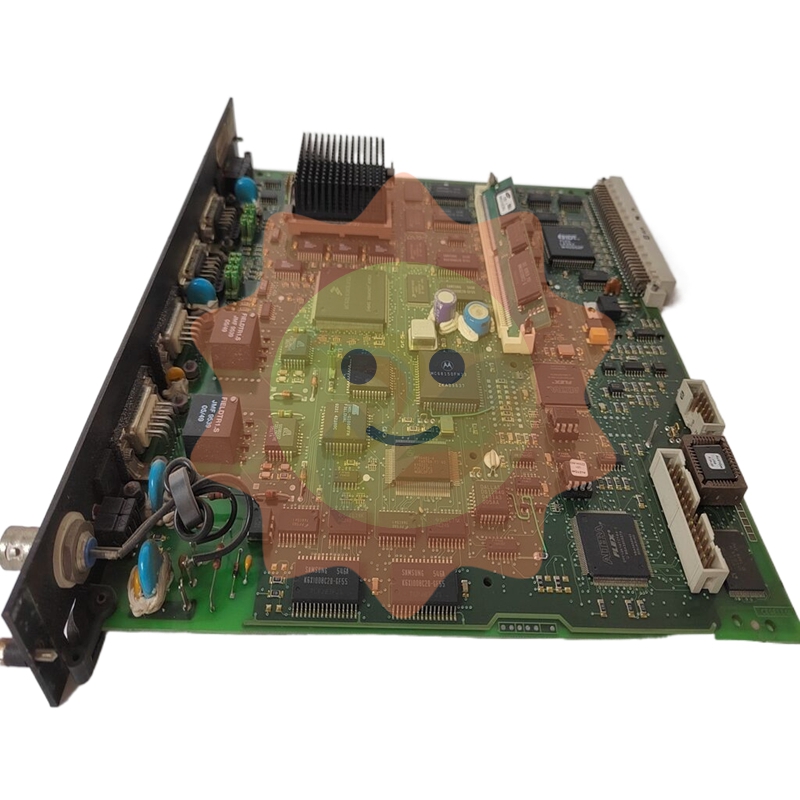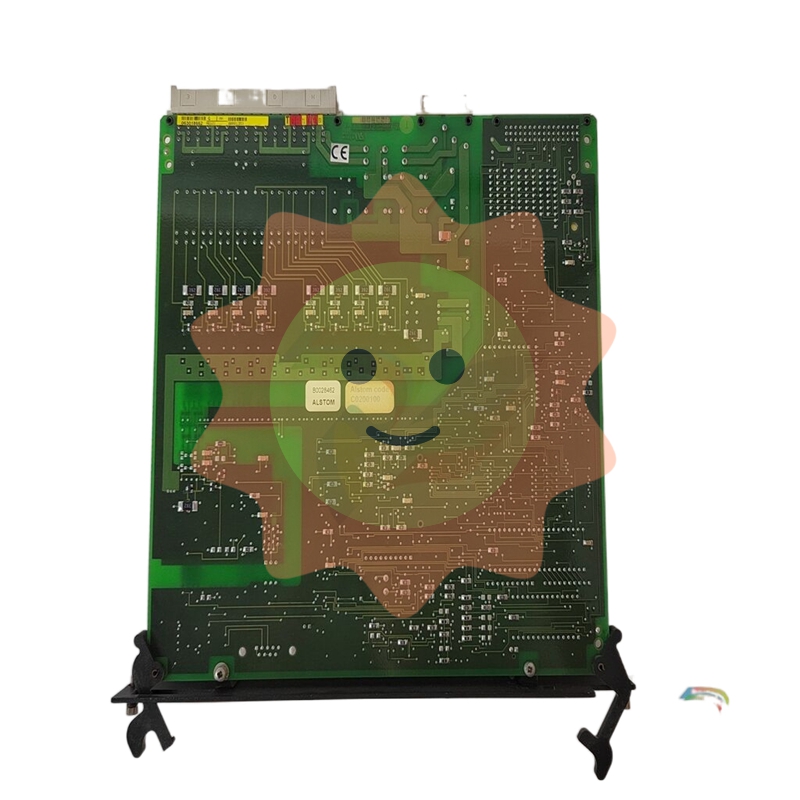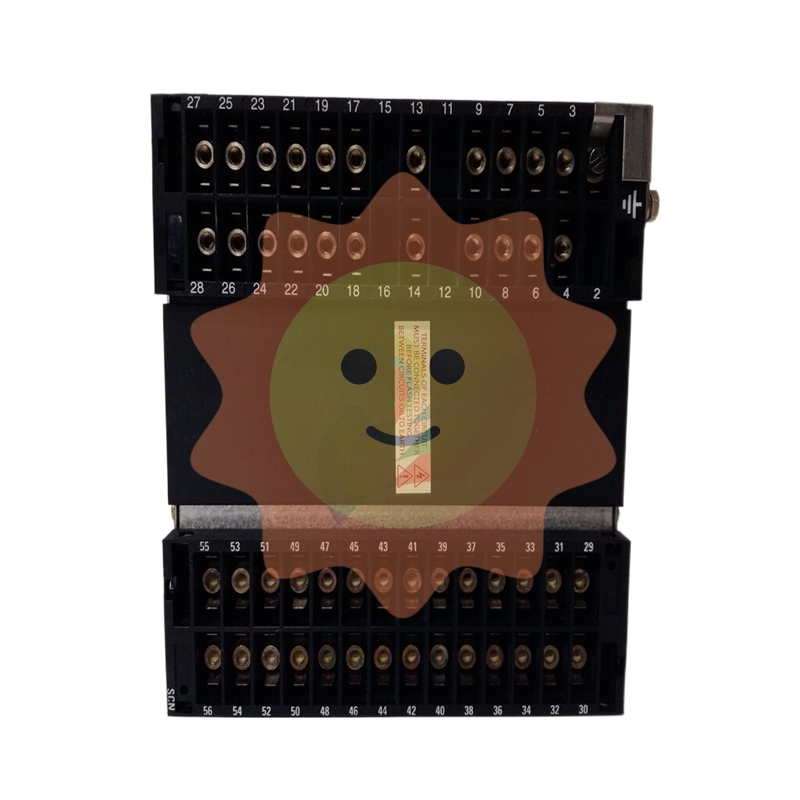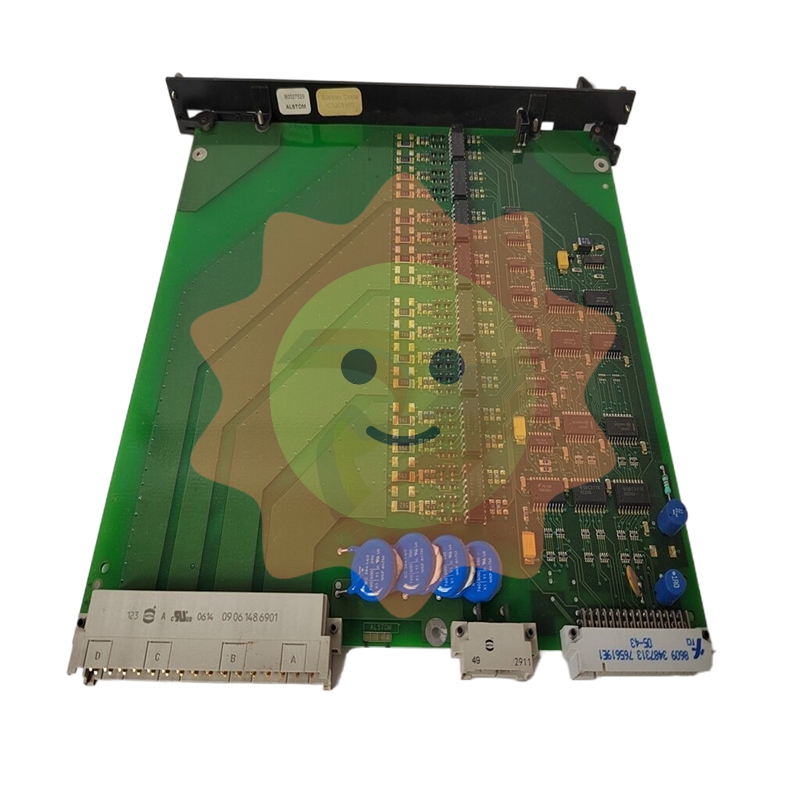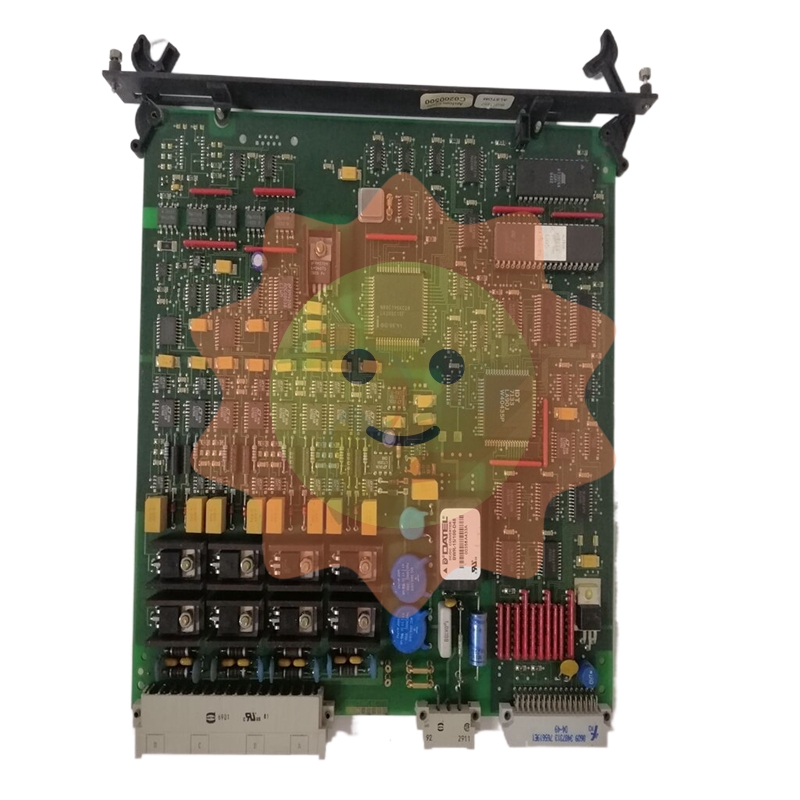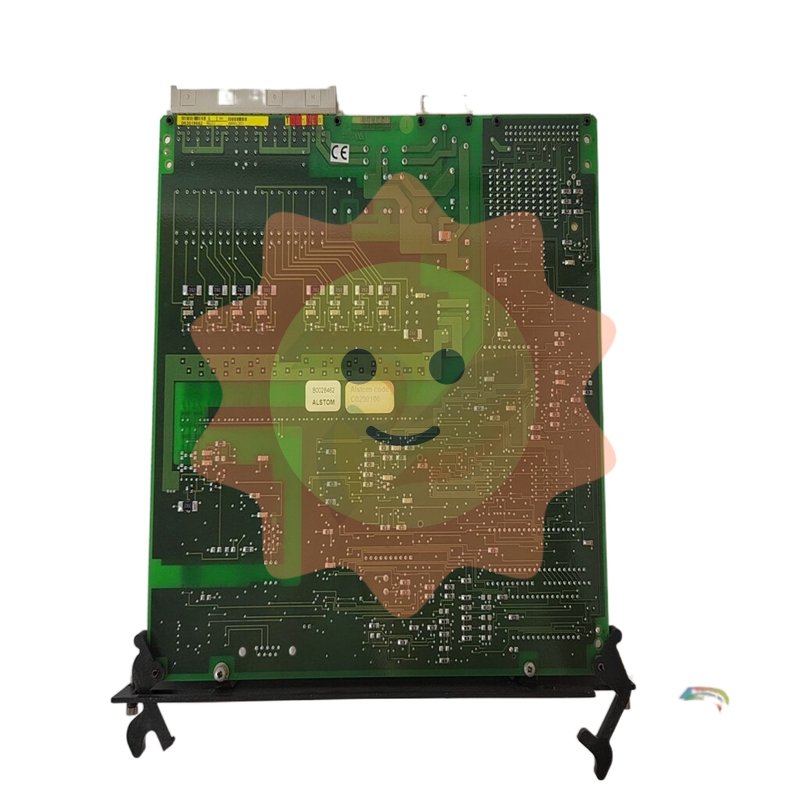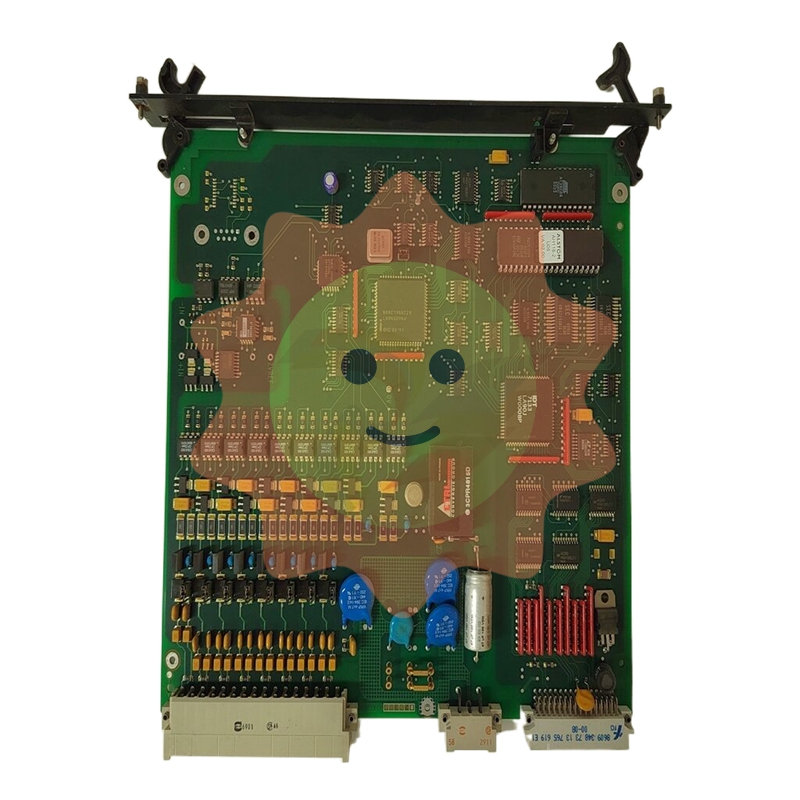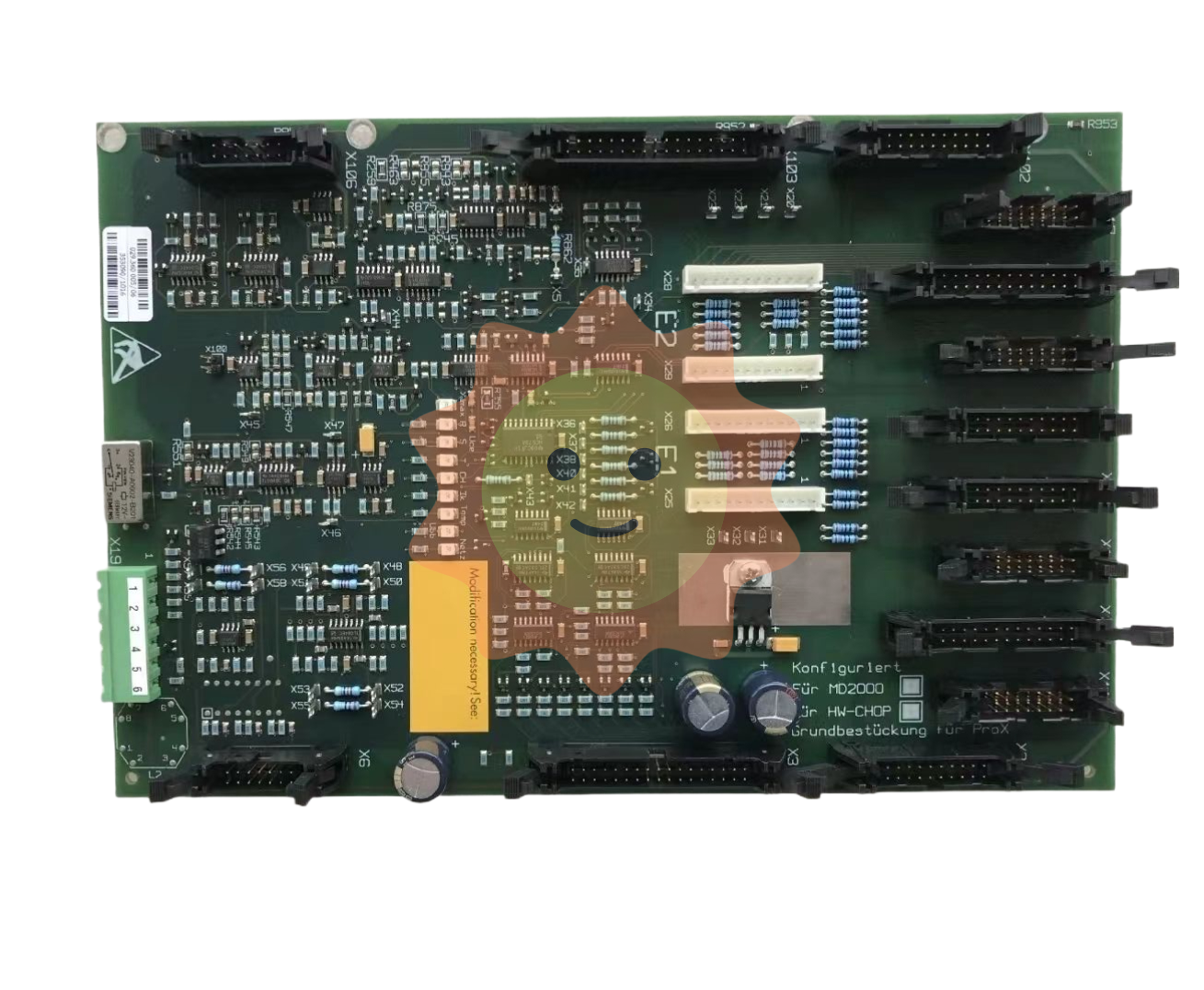Scientific and technological innovation promotes the high-quality development of mining industry
At present, digital technology has been used to different degrees in different environments of mines. While digital technologies are still being perfected, they are already widely used and starting to integrate into value chains. The success of mining companies is not only the adoption of the latest applications and technologies, but more importantly, the integration of digital and innovative ideas into their business strategy.

Rio Tinto, one of the pioneers in the mining industry, launched the Mine of the Future initiative in 2008. The plan is to harvest minerals from deep within the Earth while reducing environmental impact and further improving safety. In 2010, Boliden, Poland's KGHM Mining company, Sweden's LKAB Mining company and several global suppliers and academic institutions launched a conceptual study on a shared vision for the future of mines. In 2018, Anglo American launched the "Smart Mine of the Future" program, and many other mining companies have also begun informal activities and programs.
Nick Holland, CEO of South Africa's Gold Fields, has spoken for several years about the future of mines, including in 2018 about the need for mining companies to "embrace" technology as it becomes harder and longer to find and develop mines and as ore grades decline. He believes that technological innovation is like a tsunami for the mining industry, and "you" may "ride the wave" or "be washed away by the wave." Goldfield's goal is to achieve full remote control of open or underground mines by 2028. He believes that collaboration with technology companies will provide solutions to achieve the goal.
Australia's Resolute Mining has built the highly automated Syama underground gold mine in Mali based on the Future Mine concept, which began production in December 2018. Mine design requires the use of the best mining, transportation and processing technology, and allows operators to install advanced mobile equipment monitoring and control systems, and these technologies will gradually be integrated into the entire mine application, which helps to improve mine safety and productivity.
A video from ABB showcases their vision for future mine concepts, including digital twin technology. The group plans to develop digital technologies for future mining at its collaborative operations center in Stross, Sweden. GE Digital has also given a view on digital mining, combining its Predix platform to build an industrial Internet to connect all mining assets to reduce unplanned downtime, optimize operations, and ensure proactive processes.

Rio Tinto has introduced digital twin technology at its Koodaideri mine in Western Australia, which uses acquired plant design, construction, commissioning and operational data to build a digital factory to improve real-time decision making.
Accenture believes that digital mining is the use of the best digital technology, the Internet of things and cloud or on-premise platform (on-premise platform) to connect the mining value chain from the mine to the market and sensors to the board meeting. Consolidate data from isolated databases such as fleet management, scheduling, historical development, and enterprise resource planning solutions. The use of a unified and effective analytical method to achieve operational intelligence and trend analysis, comprehensive visualization on tablets, remote control of smart devices, etc., which allows users to better plan business development according to customers and market conditions, understand business operations, and increase production capacity.
The mining industry is still in the early stages of digital transformation, and while the pace of progress is still slow, mining executives are beginning to realize that productivity can be improved through data visualization and the application of new technologies across the entire data chain.
2.2 Digitization will revolutionize the mining industry
The World Economic Forum report pointed out that the continuous reduction of the cost of technology has accelerated the pace of social development, and the comprehensive use of digital technologies can ensure that these technologies can play the best role. The adoption of new technologies that enhance mine profitability and sustainability has a significant impact on the mining industry in crisis, but new technologies must be adopted in an effective and sustainable way in order to realize value, industry experts said.
Rio Tinto Group CEO Jean-Sebastian Jacque said digitization will revolutionize the mining industry. New digital technologies, from artificial intelligence to the Internet of Things, as well as new biotechnologies, will enable management to become more creative. In marketing and trade, digital, big data and blockchain technologies will play an important role in helping users - from governments to consumers - verify the ethics and value of all products and their environmental credentials.

Boston Consulting Group believes that the further development of emerging digital technologies will revolutionize the mining industry in ways that are almost unimaginable. Among them, drones are used for in-situ observation, genetically modified bacteria or nanorobots are used for mining at the molecular level, deep-water robots are used for underwater mining, big data and algorithms are used for end-to-end tracking and communication and real-time supply and demand management. These new technologies could in the future disrupt existing business models and traditional roles and relationships between mining companies and users, suppliers and competitors.
- EMERSON
- Honeywell
- CTI
- Rolls-Royce
- General Electric
- Woodward
- Yaskawa
- xYCOM
- Motorola
- Siemens
- Rockwell
- ABB
- B&R
- HIMA
- Construction site
- electricity
- Automobile market
- PLC
- DCS
- Motor drivers
- VSD
- Implications
- cement
- CO2
- CEM
- methane
- Artificial intelligence
- Titanic
- Solar energy
- Hydrogen fuel cell
- Hydrogen and fuel cells
- Hydrogen and oxygen fuel cells
- tyre
- Chemical fiber
- dynamo
- corpuscle
- Pulp and paper
- printing
- fossil
- FANUC
- Food and beverage
- Life science
- Sewage treatment
- Personal care
- electricity
- boats
- infrastructure
- Automobile industry
- metallurgy
- Nuclear power generation
- Geothermal power generation
- Water and wastewater
- Infrastructure construction
- Mine hazard
- steel
- papermaking
- Natural gas industry
- Infrastructure construction
- Power and energy
- Rubber and plastic
- Renewable energy
- pharmacy
- mining
- Plastic industry
- Schneider
- Kongsberg
- NI
- Wind energy
- International petroleum
- International new energy network
- gas
- WATLOW
- ProSoft
- SEW
- wind
- ADVANCED
- Reliance
- YOKOGAWA
- TRICONEX
- FOXBORO
- METSO
- MAN
- Advantest
- ADVANCED
- ALSTOM
- Control Wave
- AB
- AMAT
- STUDER
- KONGSBERG
- MOTOROLA
- DANAHER MOTION
- Bentley
- Galil
- EATON
- MOLEX
- Triconex
- DEIF
- B&W


email:1583694102@qq.com
wang@kongjiangauto.com

